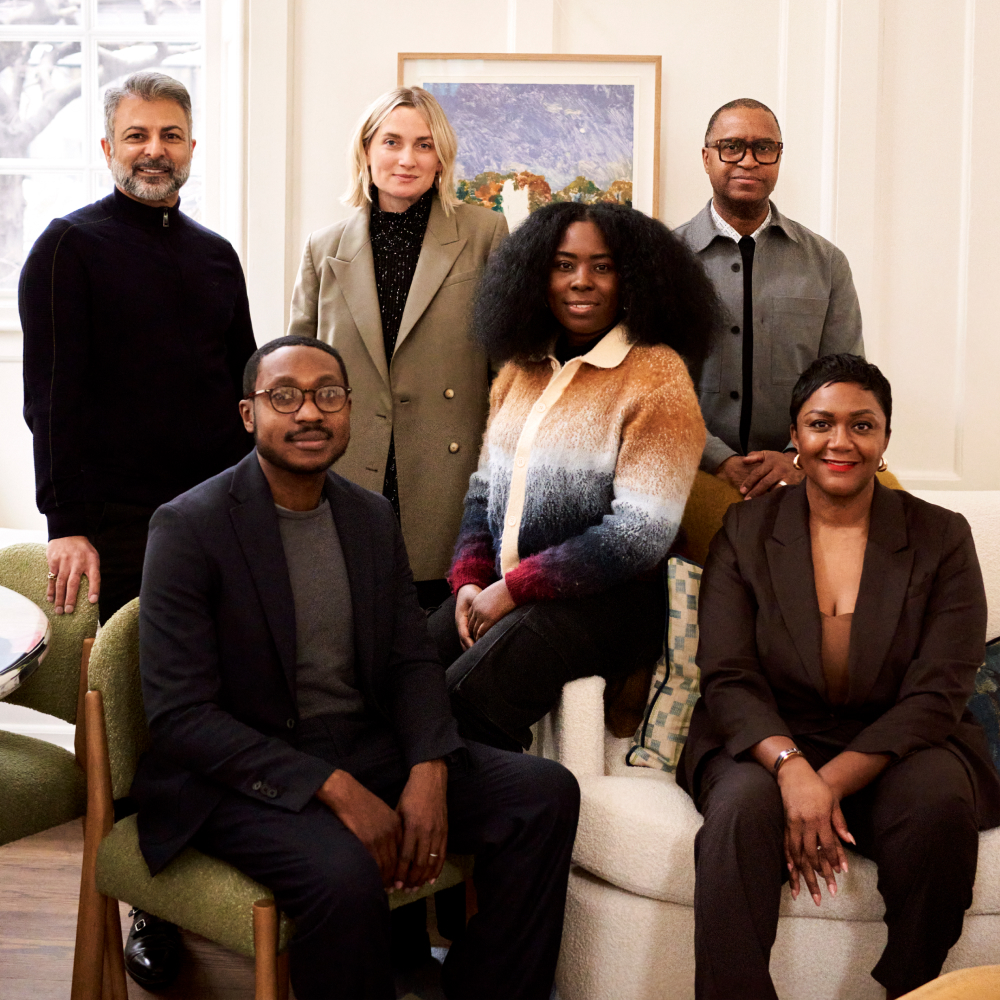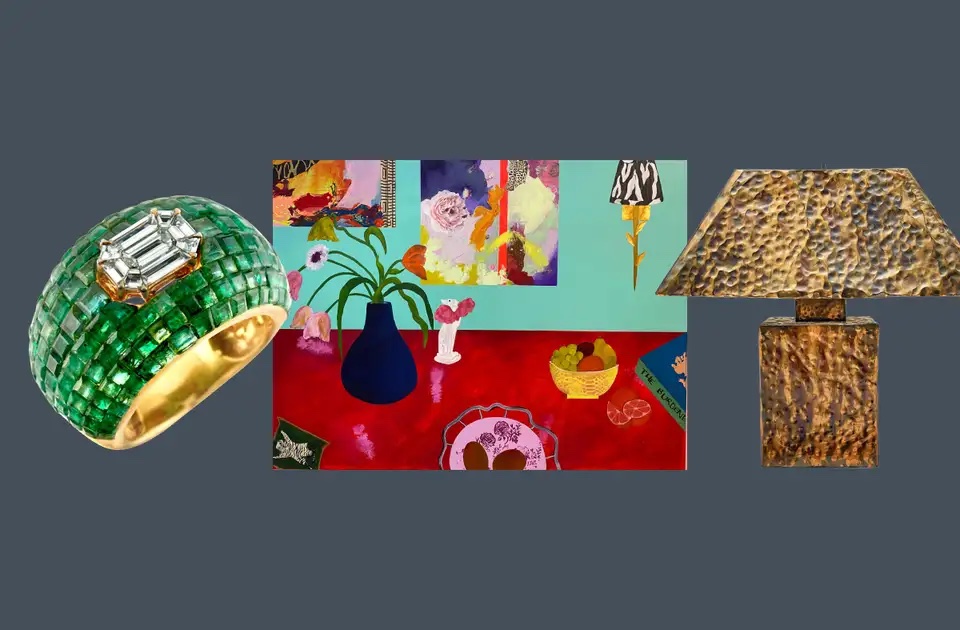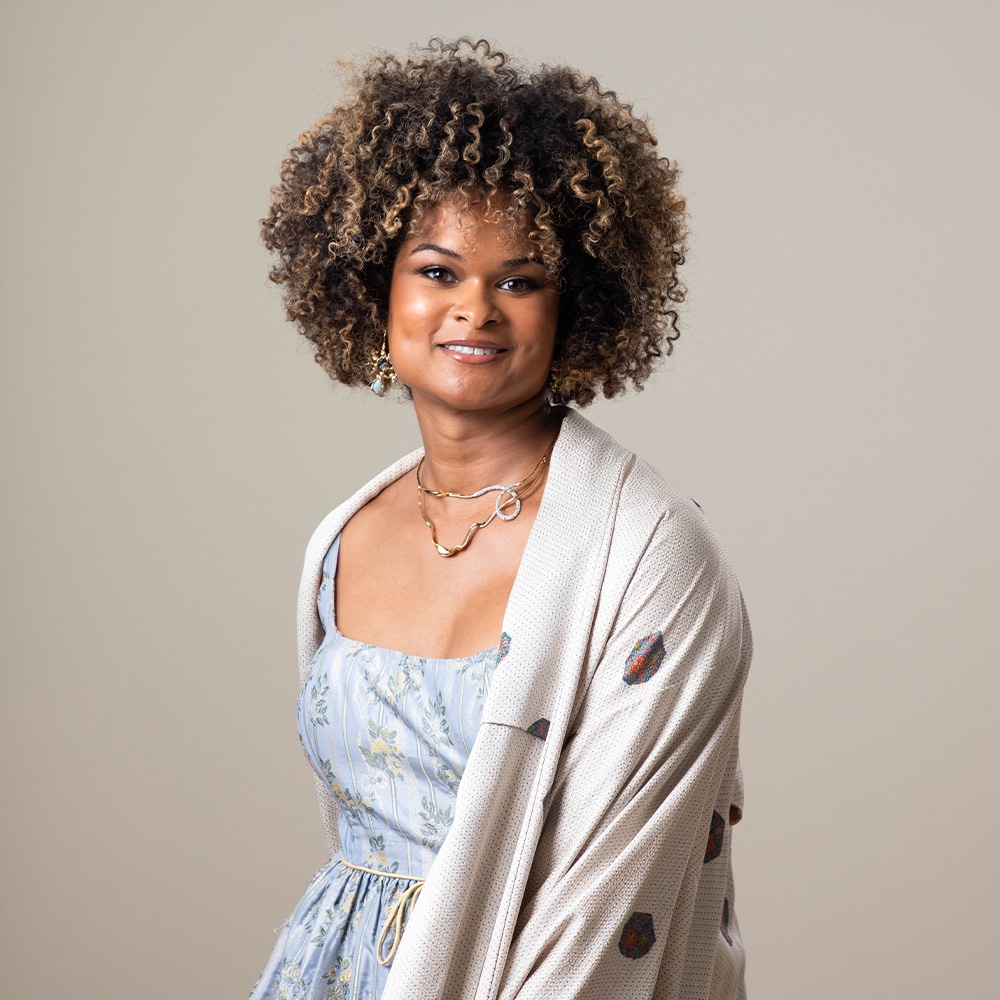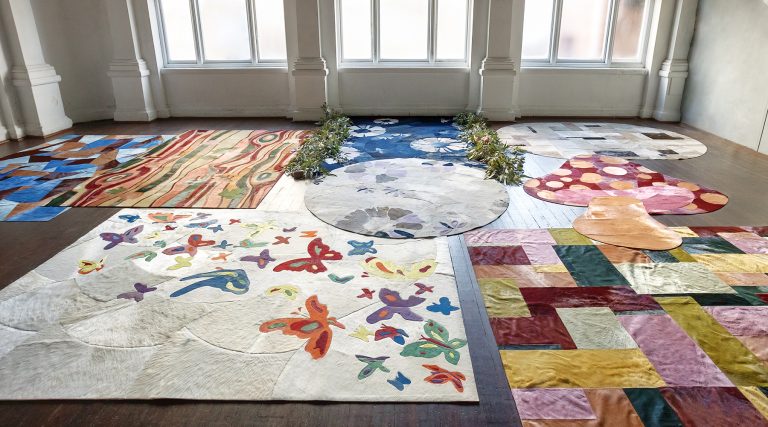February 11, 2024“I’m often asked, ‘How does your cultural heritage influence your design decisions?’ ” says London-based interior designer Alex Dauley. “I don’t know that white designers are asked the same question. There’s a certain ignorance in it. Everyone is raised differently. Just because someone looks different shouldn’t matter. It’s their lived experience that’s important.”
To bring a greater variety of lived experiences into the design world, in 2020 Dauley established United in Design (UiD) with fellow interior designer Sophie Ashby. The organization works with interior designers, architects, landscape designers, manufacturers and shelter publications to expand opportunities in the industry for people from Black, Asian and other ethnic minority and socio-economically disadvantaged backgrounds.
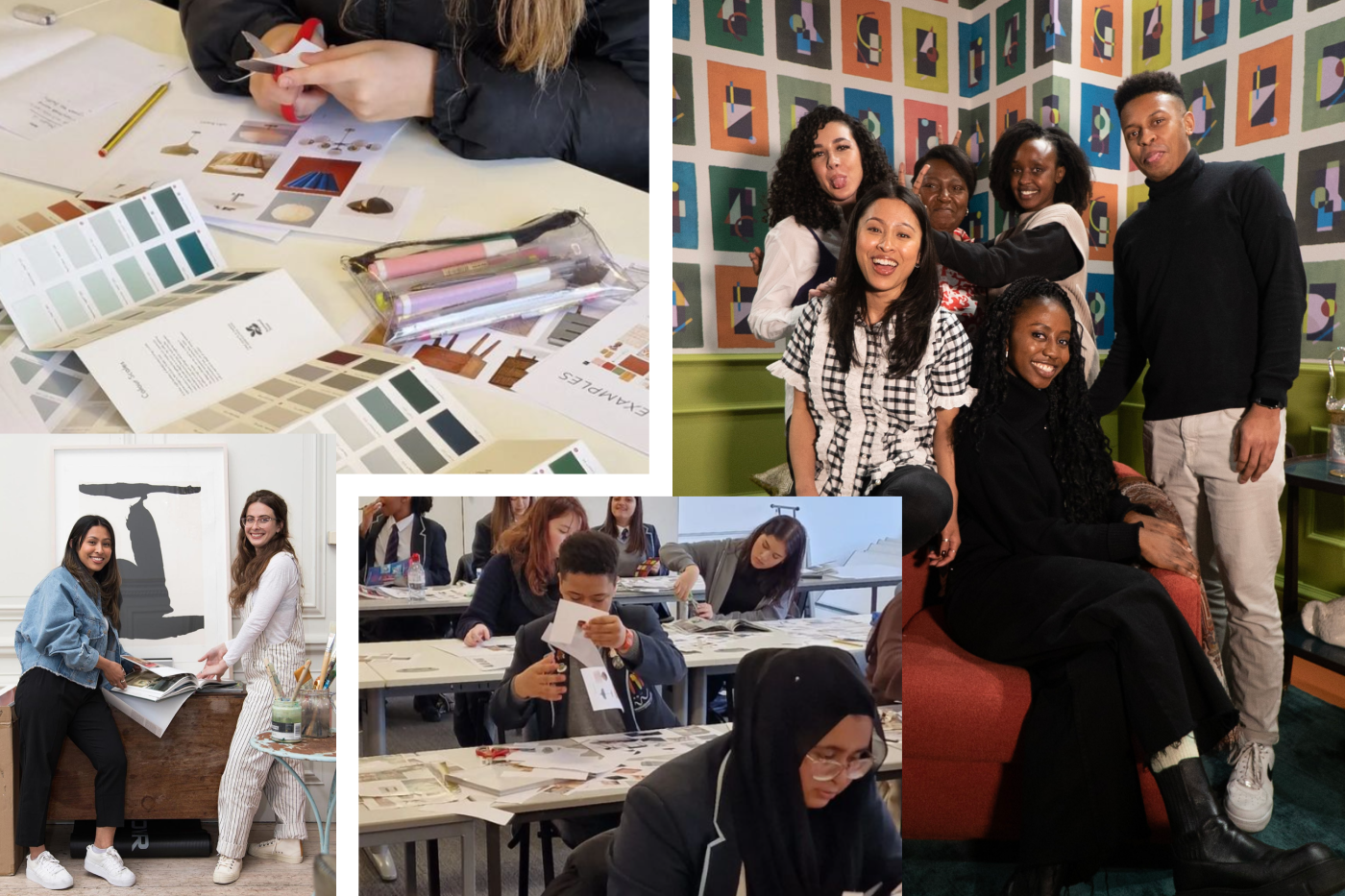
Known to British television audiences for dispensing design wisdom on Channel 4’s The Great Home Transformation, Dauley was raised in Wales, the daughter of a Nigerian-born mother and a Barbadian father. “Mum and I were really the only Black people in the village I grew up in,” she recalls.
Dauley left Wales for London when she was 19 and took a job as a property relocation agent, eventually marrying and having two girls before taking a class at KLC School of Design that changed her career path. Now, she heads up an eponymous interdisciplinary design firm, which she established in 2016 at the age of 32.
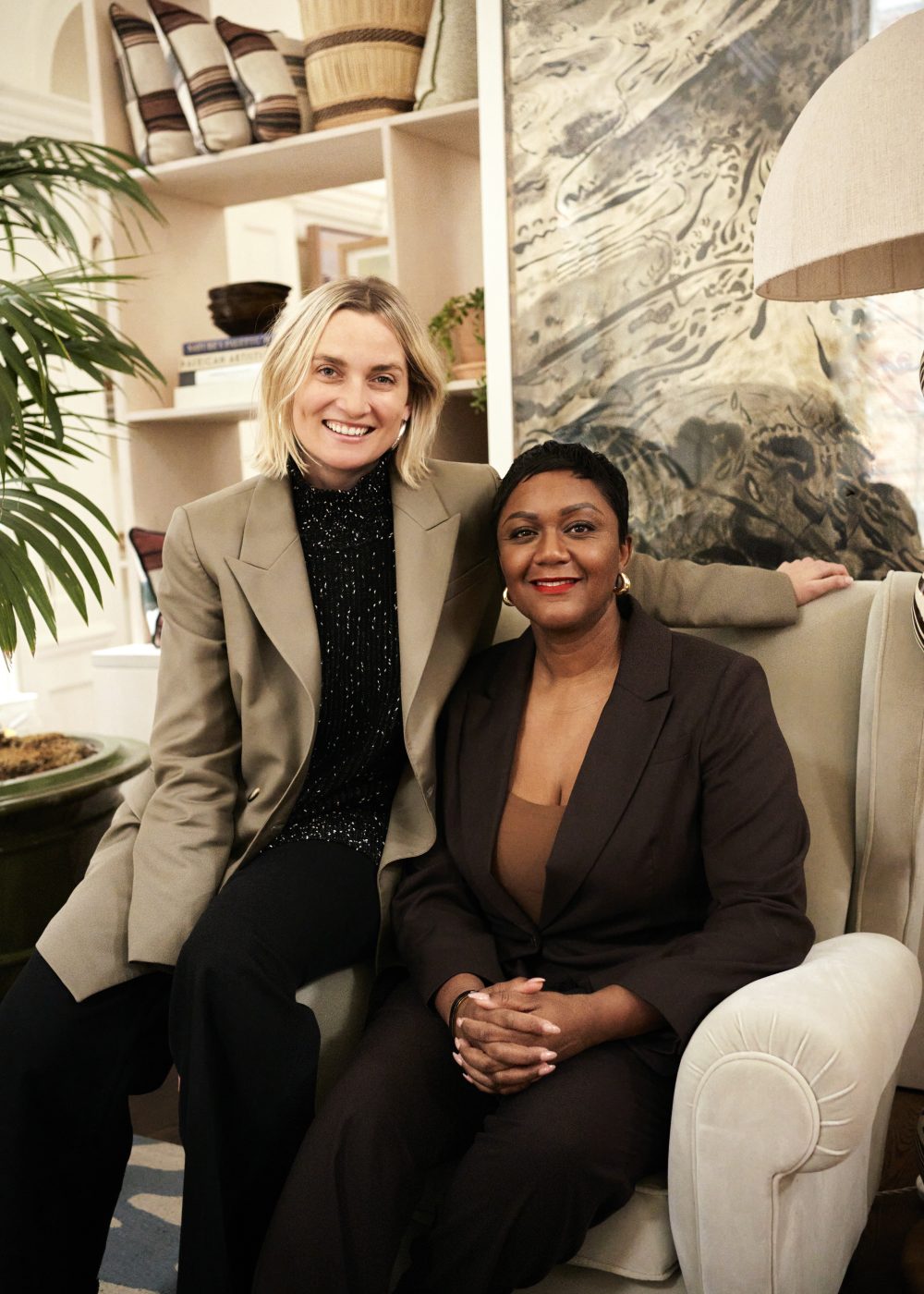
“I was in a privileged enough position to pursue this, which I appreciate,” she says of her design career. But she recognizes that for those without resources or connections, the industry can be difficult to break into, no matter how talented or hardworking they may be. “Design has been an elitist profession that has been the preserve of a certain demographic. This is particularly an issue for people of African or Caribbean descent.” Another stumbling block, she believes, is that the cultures in which many nonwhite designers are raised favor more traditional jobs. “The elders don’t see the benefit of a creative career. They don’t see longevity or security in it.”
The impetus for UiD came from the murder of George Floyd in May 2020 and the magnification of the Black Lives Matter movement that occurred in the wake of his death. The London-born Ashby — the owner of an eponymous design studio, as well as the proprietor of Sister, a related collection of furniture and fabrics — had lived some of her life in South Africa, with its history of apartheid. For her, this was an urgent wake-up call. “I started with making a list of things I could do that I wasn’t doing,” she says. “Mentoring, DEI [diversity, equity and inclusion] training, providing work experience, understanding what’s happening at the school level and in universities, providing internships, helping to make connections where I could, working toward an apprenticeship offering. When I made the list, I felt overwhelmed and wasn’t sure where to begin.”
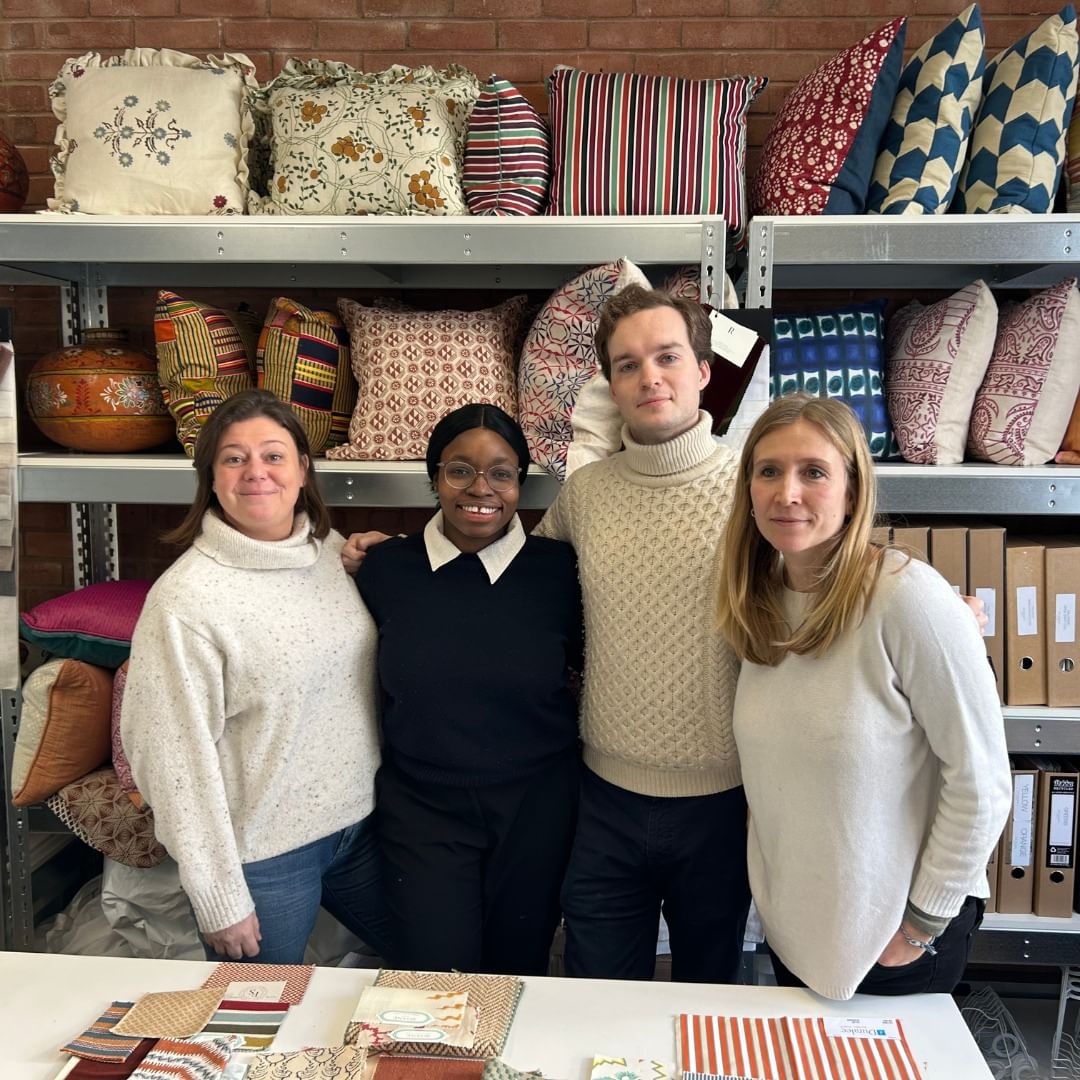
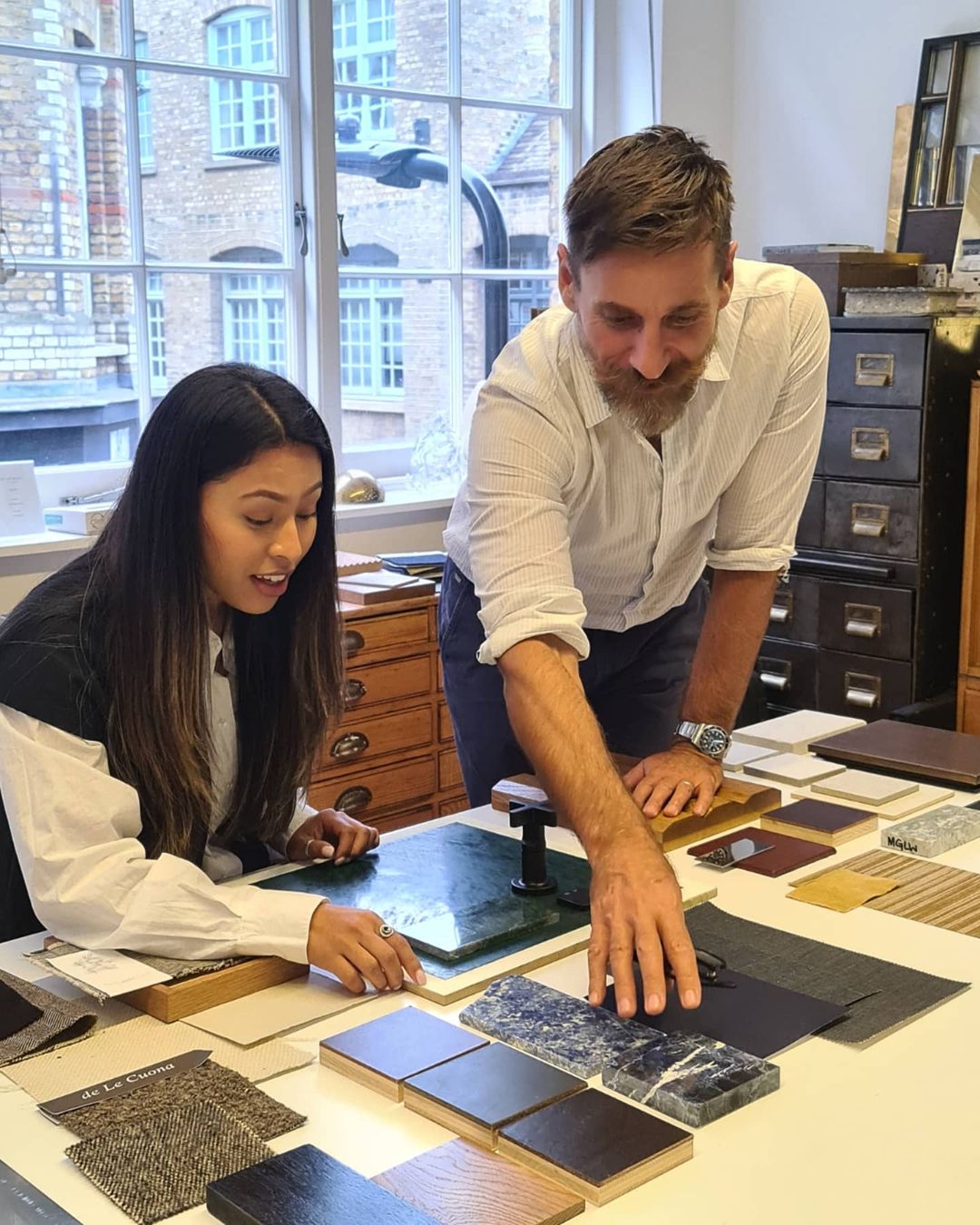
Dauley, meanwhile, had already been formulating the concept for United in Design, loosely patterning it on the Royal Ballet School’s Chance to Dance program, which had helped her daughter pursue dance training. Her search for like-minded people who would join in her endeavor eventually led her to Ashby, who had posted a statement on Instagram after Floyd’s death.
The two immediately hit it off. “I saw in Alex the firsthand experience that I obviously didn’t have and her passion for the power of a charity program and what it can do for the individual,” says Ashby. The pair began reaching out to various branches of the design industry and dreaming of the sorts of collaborations that might be possible. “The conversations I was having with my peers made it clear that if Alex and I were to come up with a solution specifically catering to our industry, there would be lots of takers,” Ashby recalls. “Ultimately, the action was to set up United in Design.”
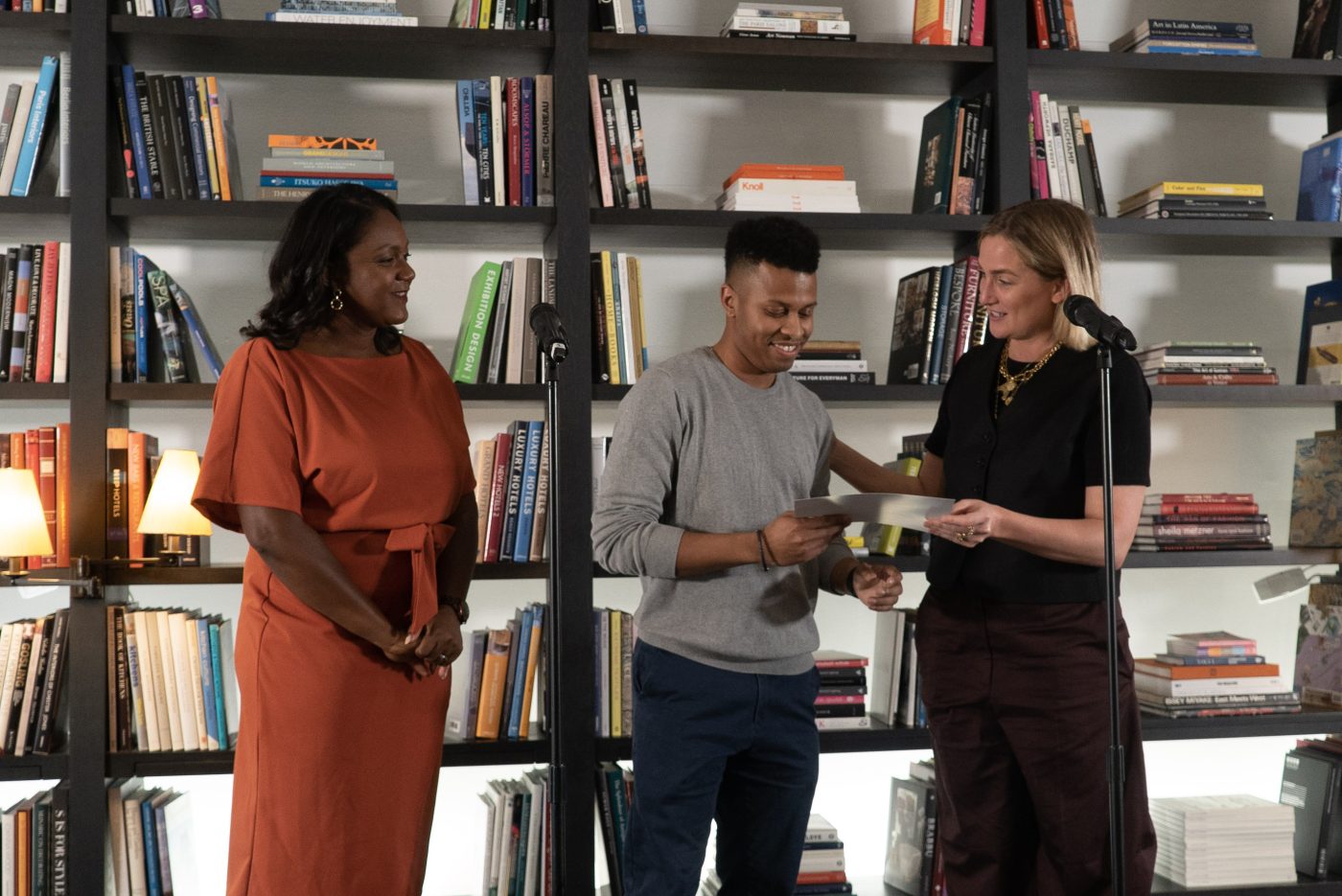
Today, the organization promotes seven basic initiatives that range from facilitating apprenticeships for design school students to organizational consulting that helps companies increase staff diversity. UiD also cosponsors educational programs like webinars, workshops and one-day trainings.
But the apprenticeships are at the heart of the group’s efforts. UiD maintains a network of design educators at 56 universities around the UK who refer applicants. Each internship lasts three months, and all the interns are paid. All those who have graduated from the internship program “are working full-time in the industry,” Dauley notes. “And businesses are benefiting from it.”
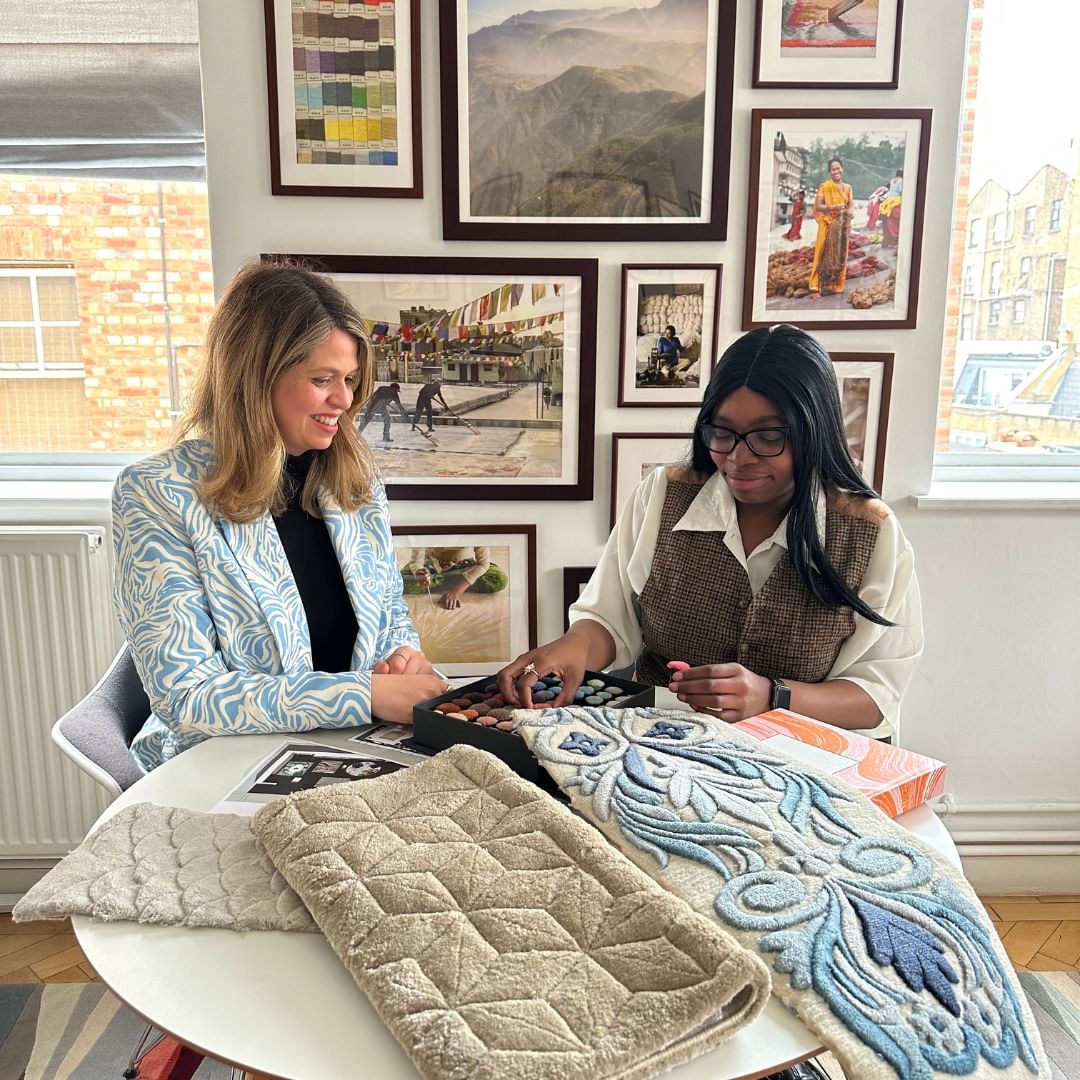
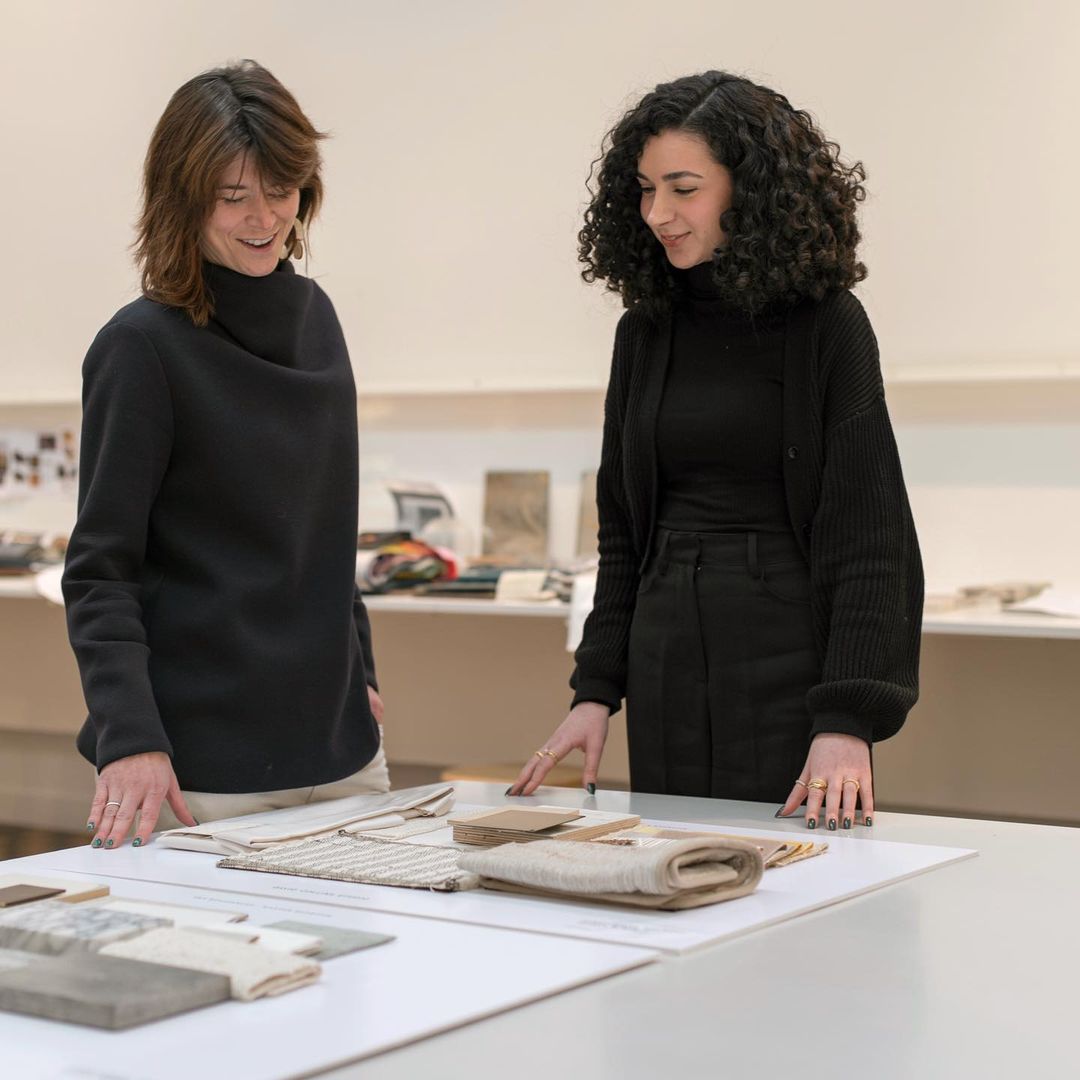
Member partners pay an annual subscription fee based on the size of their company and pledge to participate in at least three of UiD’s main initiatives. “Most take on more than three,” Dauley says, explaining that the majority of partners “joined with the launch, when there was a huge spotlight on this issue. Then, every year, we get additions.” The group’s website lists 24 apprenticeship partners for 2023–24, including World of Interiors and ELLE Decoration magazines; designers Hubert Zandberg, Nicola Harding and Bryan O’Sullivan; and manufacturers Porta Romana and Colefax and Fowler.
United in Design is able to engage such high-profile industry players through the efforts of its dedicated staff; its steering committee, which includes designers Simon Rawlings, of David Collins Studio, and Natalia Miyar; its trustee Graeme Brooker, head of interior design at the Royal College of Art; and its new board chair, designer Tolù Adẹ̀kọ́, who was named in January.
This list does not include the other sorts of collaborators, such as people who do mentoring and workshops, diversity and inclusion trainers and so on. Then there are partners like 1stDibs, which support UiD programs through charitable donations.
In celebration of Black History Month, Dauley has worked with 1stDibs to curate a collection of furniture, art, fashion and jewelry either made by Black creators or offered by Black-owned businesses on the site. While Dauley’s picks include pieces by Black and Brown designers and craftspeople — including jewelry by Jacqueline Rabun, art by Hammed Olayanju and a handwoven Ghanaian pendant light — the selection is international and embraces many genres and periods. Her eye also landed on furniture by Pierre Paulin and Mathieu Matégot, Brutalist lighting and contemporary creations by Ann Demeulemeester and Christophe de la Fontaine.
How did she make her choices? “The same way I design,” she says. “If I love it, I love it and will use it. The pieces spoke to me in different ways, whether in terms of color, form and shape, materiality or craftsmanship.”
“We have had so many fantastic businesses become partners of the charity,” says Ashby. “But there are so many out there still who I’m sure could benefit from UiD’s help in becoming more diverse.”
UiD continues to rally companies around its mission. “We know that the issues facing our industry are not limited to the UK,” Dauley says. “So, with that in mind, as the organization grows, there could be a potential to expand our knowledge and practices to other areas and countries, if there is an appetite for collaboration.”
“We have had so many fantastic businesses become partners of the charity,” says Ashby. “But there are so many out there still who I’m sure could benefit from UiD’s help in becoming more diverse. I feel like I’m on a journey. I’m not perfect, and my studio isn’t as diverse as I’d like it to be. But we’re doing our best, and I’m trying to be an advocate and an ally.”
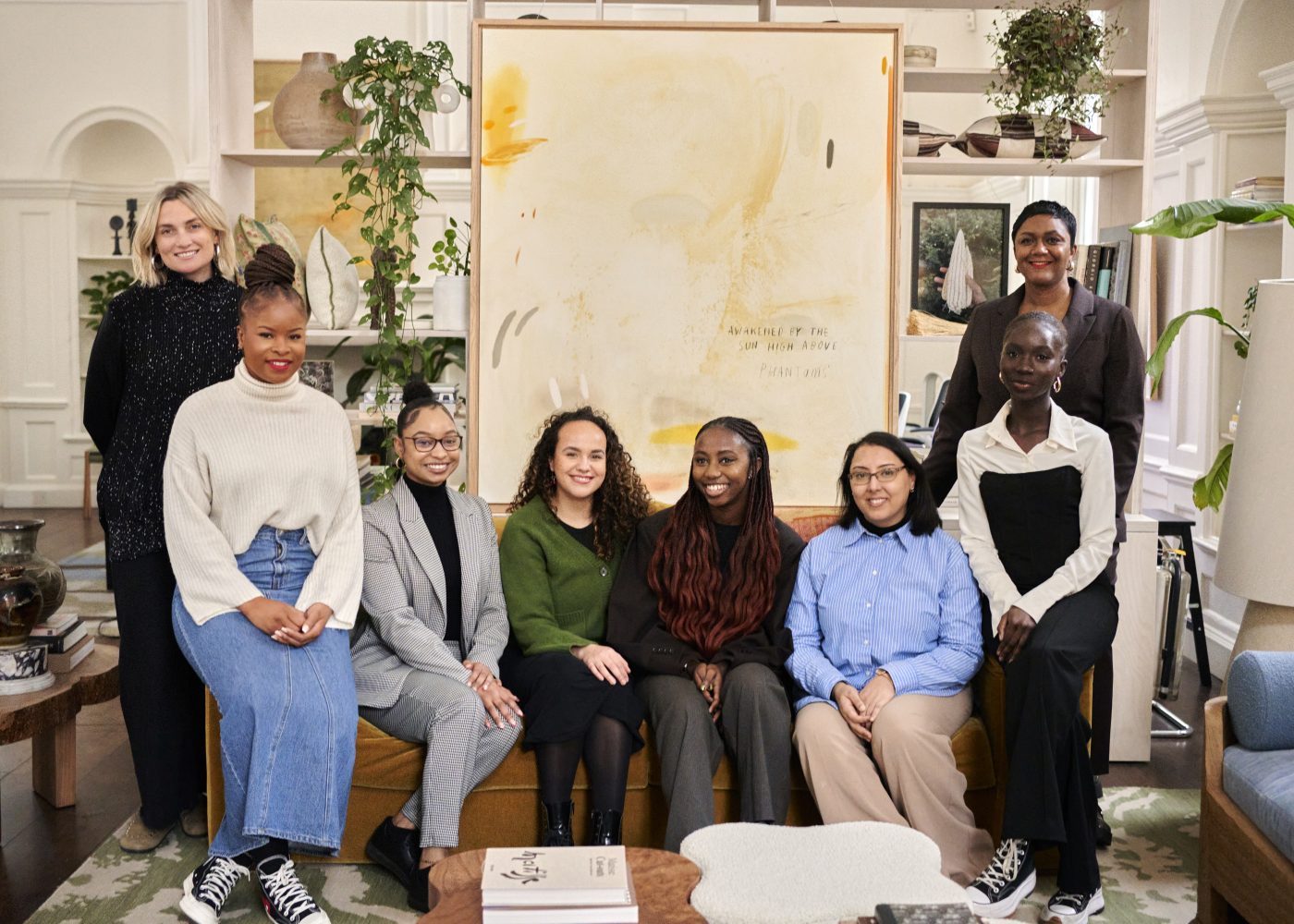
An important founding principle of UiD, Dauley says, is “no finger pointing. We all need to work side by side with one another and celebrate our uniqueness together.” She doesn’t believe that the exclusion of minority or economically disadvantaged groups was necessarily intentional. “People just didn’t know where to look and kept hiring from the same pool of designers,” she explains. “But I’m seeing people beginning to do this work, seeking talent outside the usual places.”
